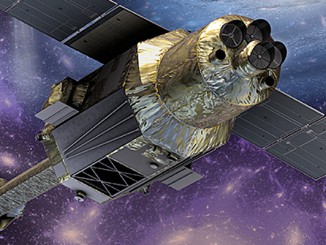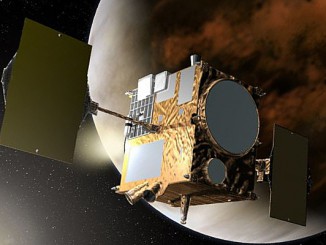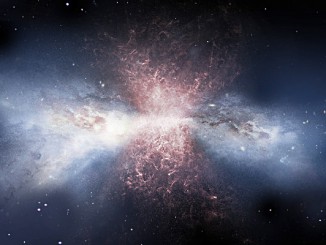
ASTRO-H satellite poised to enhance views of X-ray sky
A new science satellite, the ASTRO-H X-ray Observatory, will blast into Earth orbit this month. The project, led by the Japan Aerospace Exploration Agency (JAXA), aims to collect a wealth of new data on everything from the formation of galaxy clusters to the warping of space and time around black holes. ASTRO-H boasts a sensitivity level that is orders of magnitude better than previous technology.




